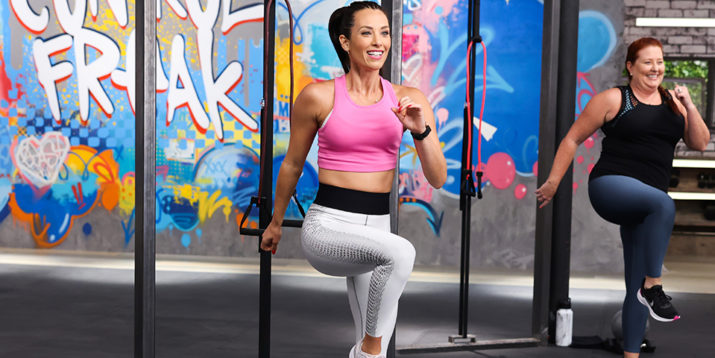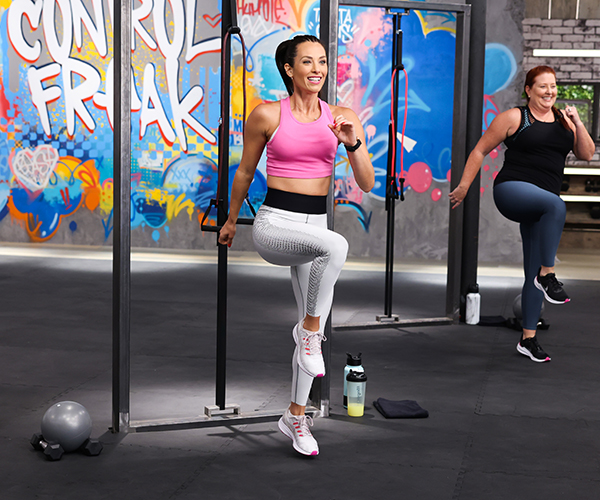The Beginner’s Guide to Tabata Workouts

When it comes to workout efficiency, it’s tough to beat Tabata.
Developed by a Japanese researcher, this four-minute form of high-intensity interval training (HIIT) involves a sequence of 20 seconds of exercise followed by 10 seconds of rest or low-intensity recovery, making Tabata training incredibly intense.
The workout results can be just as dramatic, including muscle growth and increased cardiovascular capacity.
Despite its short session, though, it’s not for true beginners, according to Cody Braun, CPT.
Because of the very high-intensity level, it’s important to work up to Tabata training over time, he suggests.
Here are some helpful tips on building up to Tabata workouts for beginners.

1. Build your cardiovascular endurance first
Before diving into Tabata workouts, it’s helpful to develop endurance through steady-state cardio — such as brisk walking or running — and then begin to incorporate brief bursts of intensity, suggests trainer Aaron Leventhal, C.S.C.S., owner of Minneapolis-based Fit Studios.
For example, go for a slow-paced run and every few minutes, sprint for a couple of seconds, then drop back into your easy pace.
If you’re not a regular runner and are just beginning your fitness journey, you can “sprint” by going for a brisk walk and using your burst time to run for a few seconds (or walk faster) before going back to walking at your usual pace.
Done a couple times a week, you can start to put those sprints closer together, says Leventhal.
This will start to get your body conditioned for bouts of high-intensity work followed by recovery periods.
From there, you can begin to incorporate HIIT workouts into your rotation once or twice a week, and give yourself at least 24 to 48 hours between those sessions for better recovery, says Leventhal.
2. Go simple with your first Tabatas
One of the best aspects of a Tabata is that you can throw quite a few exercises together, so they’re never boring.
For example, you could put together burpees, jump squats, kettlebell swings, jumping jacks, curtsy lunges — the list goes on and on.
But for beginners, the focus shouldn’t be on how many you can squeeze into one session, says Braun. Instead, he recommends choosing three that are simple, effective, and let you perform at your level of high intensity.
Try This Tabata Workout for Beginners

When you’re ready, Braun suggests this trio from 9 Week Control Freak with Autumn Calabrese:
High Knees
This one is just like it sounds. You run in place, but instead of maintaining the form you’d use on an actual run, you bring one knee up in front of you to about hip level, then switch.
The focus here is to stay in balance and go fast, so engage your core on this one and keep your shoulders back and head upward, so you’re looking straight ahead.
Step Run-Ups
Use a low, stable step in front of you and move your feet up and over the step (to the other side) and back continuously, says Braun.
If you don’t have an actual step, you can still do the move by bringing each foot up in front at about step height.
Football Fast Feet
Hold a high squat (about one-quarter of your usual squat) and then “run” in place in this position by pumping your feet as fast as possible.
This is a classic football training move to build strength in the legs and get your muscle fibers fired up for quick action.
As you put your Tabata together, Braun suggests dialing back the intensity as needed, while focusing on your form.
“Start with these simple, effective exercises that you can power through without having to learn a new movement pattern that might be too complex or inaccessible,” he says.
